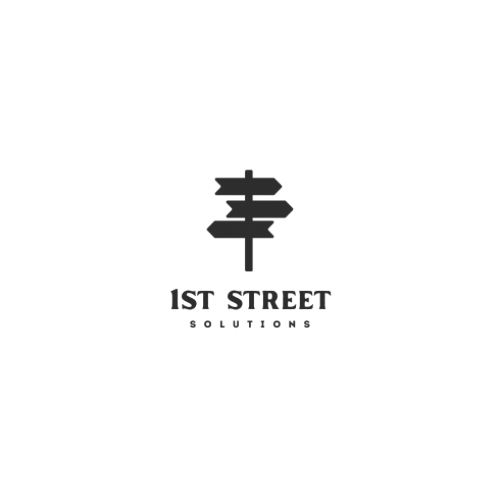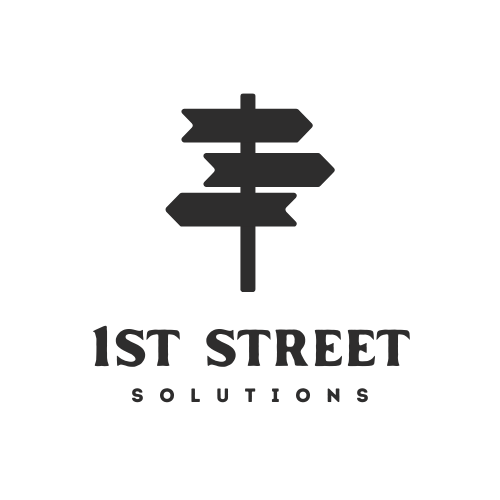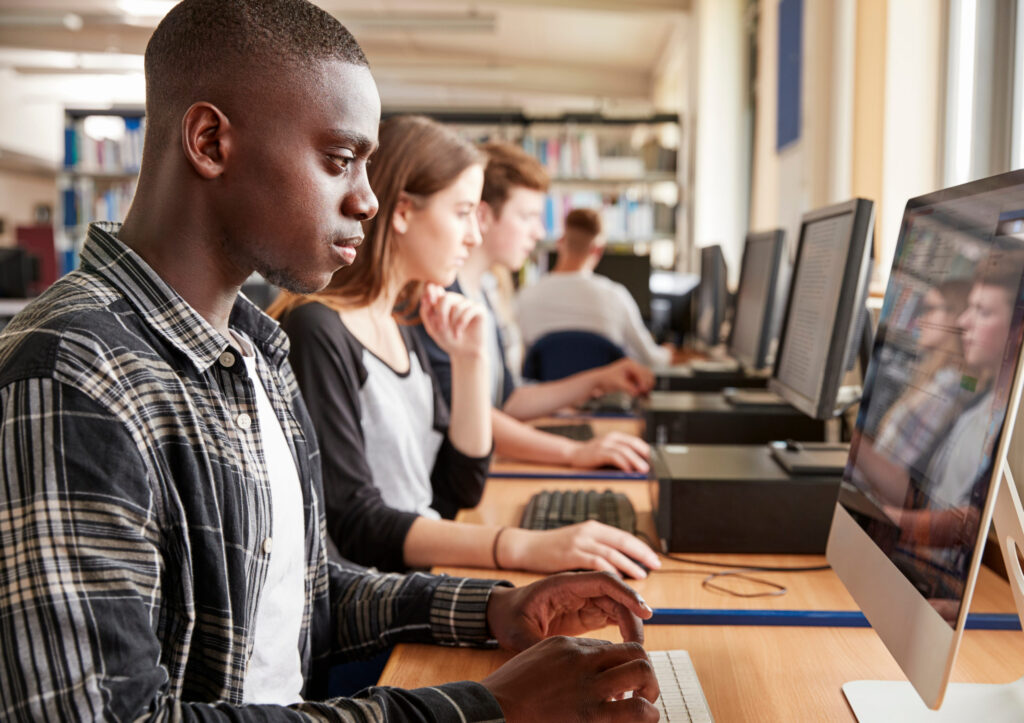Let’s face it! Technology has become an integral part of our lives. From daily activities to other areas, it is impacting how we live. And education is no exception. In fact, with tech, learning has become easier. Teachers are now using technology in lesson planning. Yup! That’s true! It is no longer an option. Instead, this has become a necessity. Wondering why? The answer is simple! It helps cater to different learning styles. Furthermore, technology enhances learning outcomes.
However, using such tools in lesson planning is not a piece of cake. It requires proper strategies and tactics. Well, do you want to learn about them? That’s what you were searching for and stumbled upon our guide. Then, you are in the right place. Here, we will tell you how to incorporate technology in lesson planning. So, come on! Stop scrolling and read the blog! Let’s go!
Lesson Planning: Using Technology for Better Outcomes
Using technology in lesson planning goes beyond computers and the internet. That’s right! It offers tools and resources. Through this, one can facilitate the teaching process. Furthermore, it helps capture one’s attention and enhance their focus. One must never overlook the perks of technology.
Recognizing this, teachers are now using it for lesson planning worldwide. And you can too. Here are the top ways to make the most of the technology for better learning. They include:
1. Set Clear Objectives
That’s right! Before using technology for lesson planning, determine your goals. Ask yourself the purpose of using such tools. Do you want to enhance student engagement? Or it can be providing tailored learning opportunities or boosting collaboration.
Thus by setting clear goals you can use the correct tools and resources for lesson planning. Moreover, make sure to use the right tools. For example, if you want to enhance communication, tools like Google Classroom are the perfect option. Now, come on! Let’s move to the next step!
2. Use Powerpoint and Apps for Lectures
Do you feel like your students zone out during lectures? Well, it’s because you are still using traditional teaching methods. However, using technology, you can create PowerPoint presentations for your lectures. Hence, use different visuals like text, graphics, and videos to boost engagement.
Furthermore, many educational platforms like Khan Academy, TedTalk, etc. Hence, use them during your lectures. This will reinforce learning. Also, students will be motivated to learn more.
3. Blend Traditional and Digital Methods
Just because you are using technology for your lessons doesn’t mean you will forget about traditional learning. Instead, it is better to create a balance between both traditional and digital methods. For example, you can start your lecture the basic way and conduct an online quiz. Furthermore, you can also show videos or graphics at the end. It will make lectures more fun. Now, come on! Let’s move to the next point!
4. Provide Training and Support
Let’s face it! Not everyone knows how to handle technology. Old-generation teachers might have difficulty in using tools in their plans. Furthermore, learners with limited access can also struggle. Hence, providing both of them with proper training and support is vital. Ensure they are comfortable using these tools. Offering training sessions and creating user guides can make it better.
5. Student Centric Approach
Yup! While using tech, go with the student-centric approach. With the help of tools, allow students to take charge of their learning. Furthermore, you can assign them research-based or group PGCE Assignments and PPTs. Also, encourage them to use tools like Perzi and Canva to develop their creativity. It allows them to explore tools beyond their courses. This will boost creativity. Also, learners will be encouraged to learn more.
6. Introduce Games
Well, who doesn’t like games? And by using them in your lectures, you can engage your learners. You can allow them to play separately or use a projector to play as a group. Hence, introducing games is one of the best options to encourage students to engage in learning. Now, come on! Let’s move to the next point!
7. Online Grading Systems
Yup! That’s right! Instead of announcing grades in class or writing on paper, use online systems. It will help teachers, students, and parents learn about one’s strengths and weaknesses. Additionally, posting grades online will allow one to communicate. For teachers, it can help check one’s attendance.
8. Use Smart Boards
Smart boards have become quite popular. So, why not make better use of them for lesson planning? Use them to display projects, presentations, lectures, and videos. Thus, it will make the ordinary lecture more fun.
9. Assess And Feedback
Here comes another way to incorporate technology in lesson planning. Use online portals to communicate with students and engage in discussions. Furthermore, have open communication and provide feedback.
Winding Up!
You have reached the end of the guide! Using technology in lesson planning has become a necessity. With these tools, teachers can enhance learning and provide retention. Furthermore, it provides better outcomes. However, it can be challenging, especially for those new to the tech. Not anymore! Here are some strategies that can help integrate technology into lesson planning. By setting goals, using apps, tailoring approaches, and providing feedback, one can keep learners engaged and prepare them for a better future



